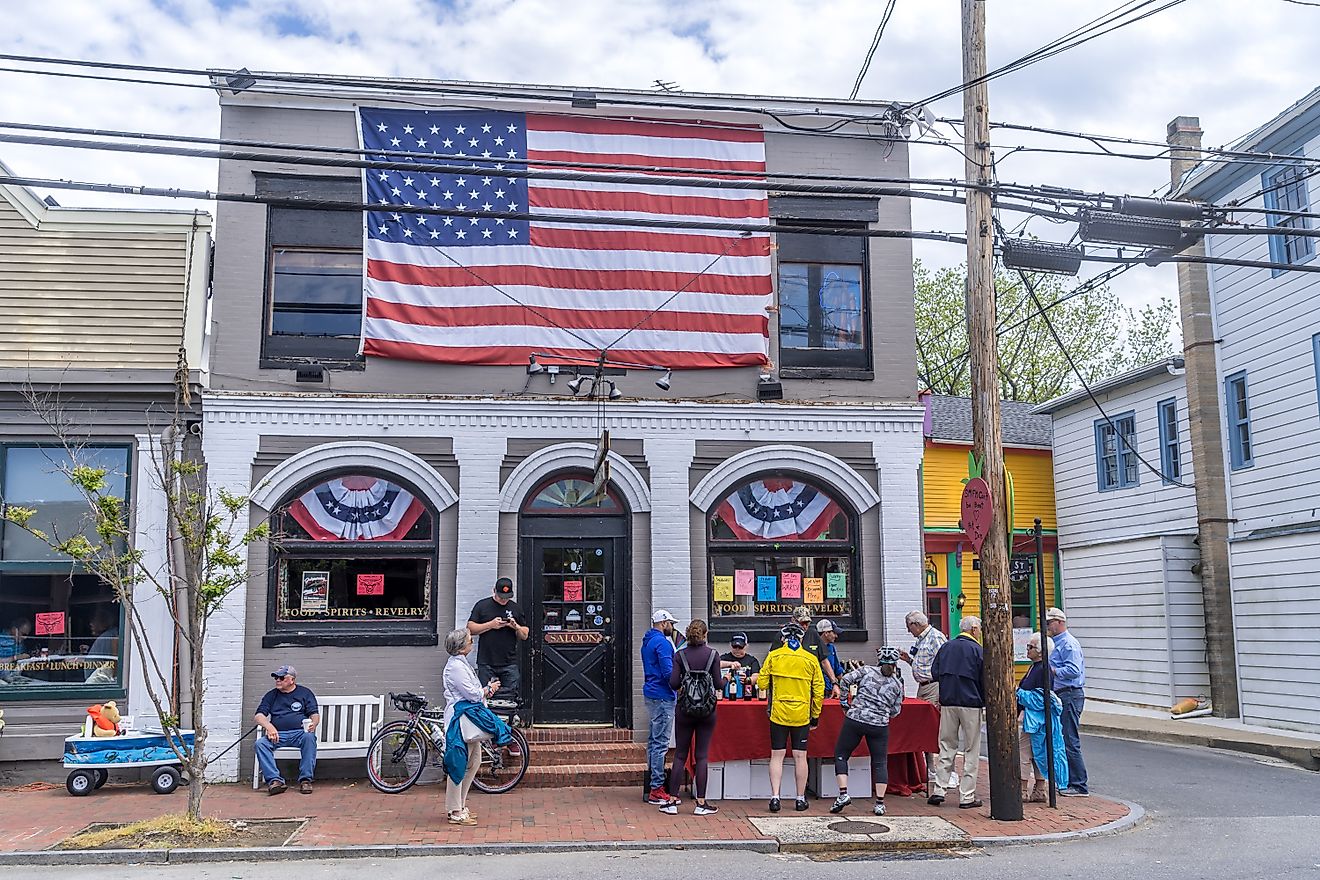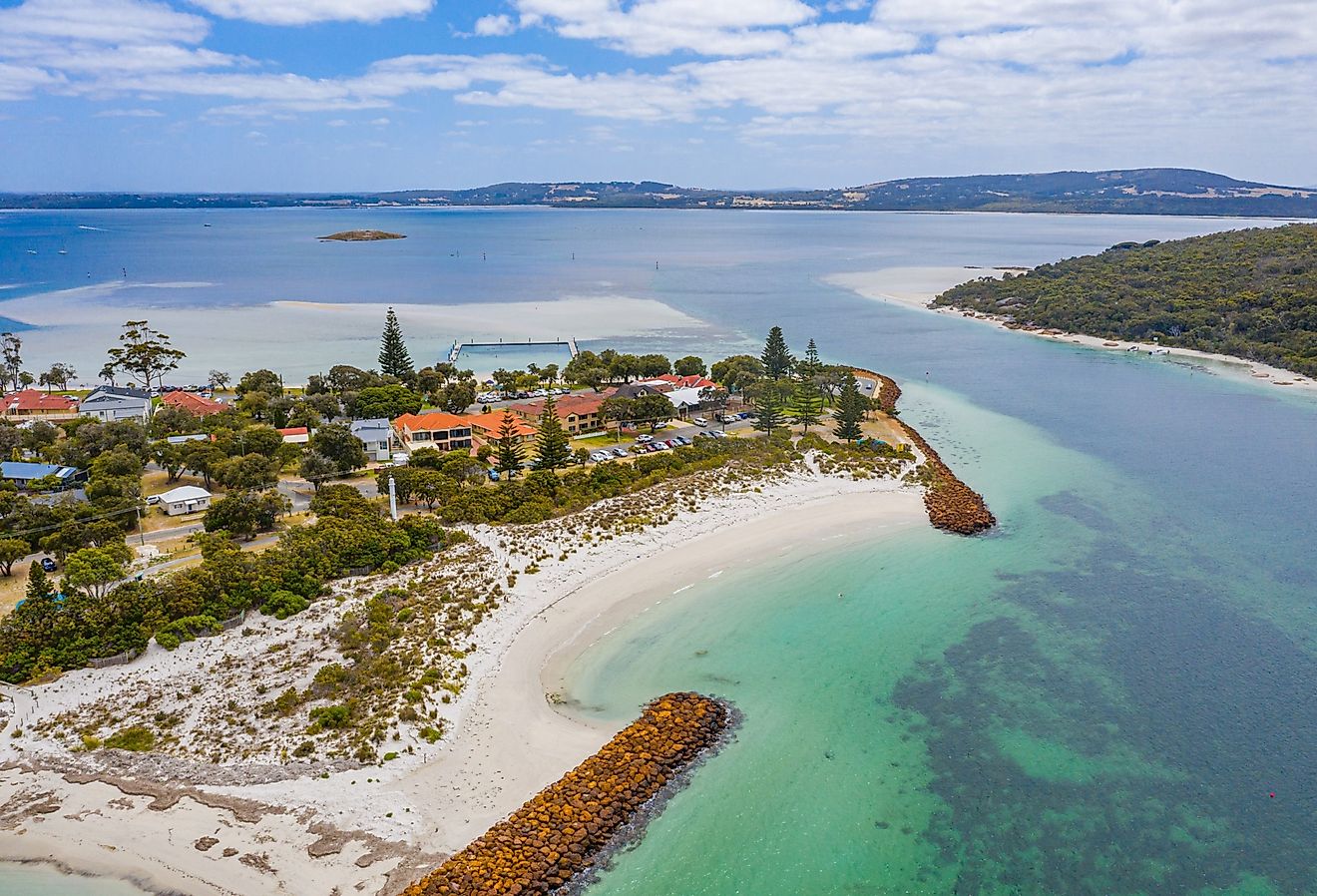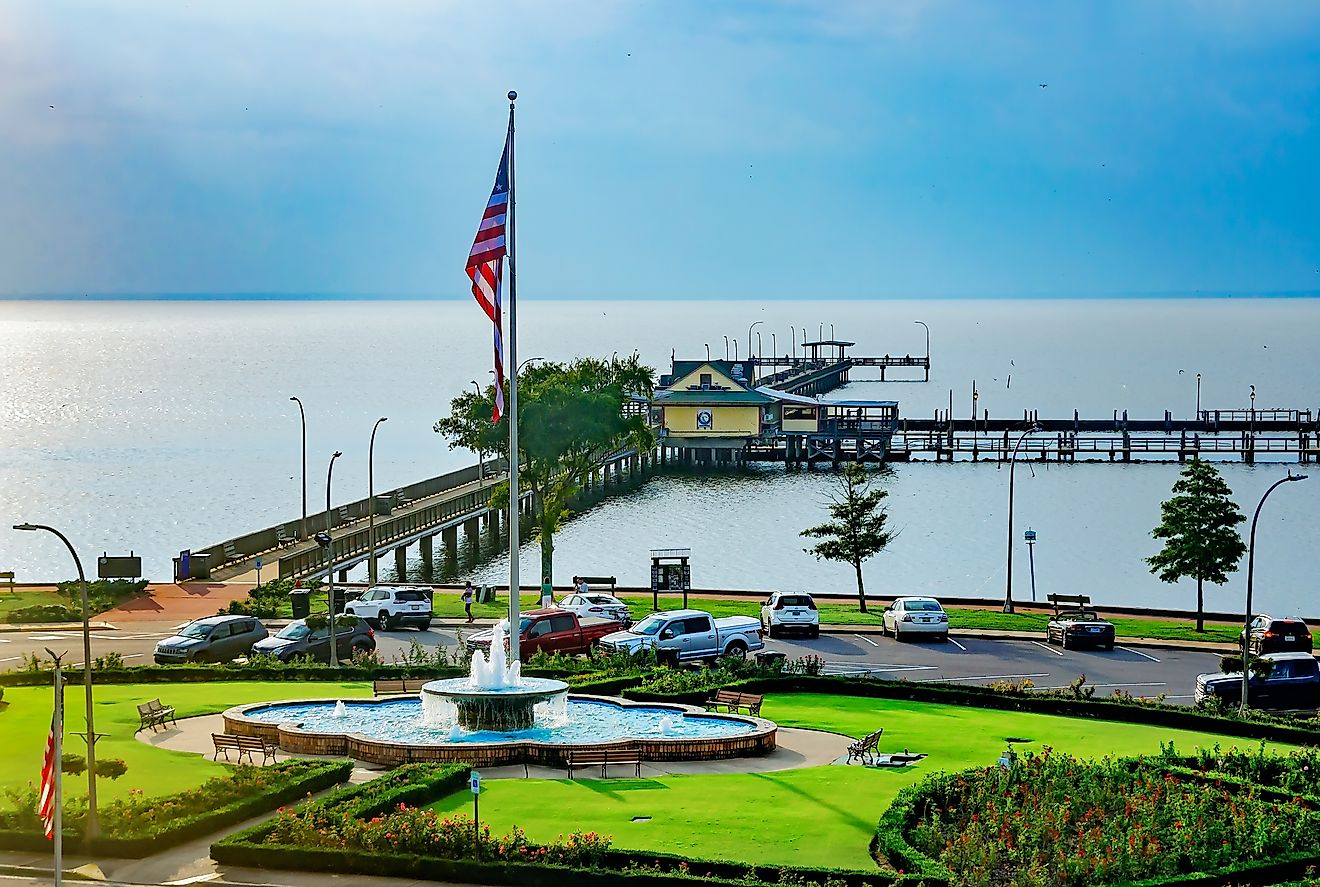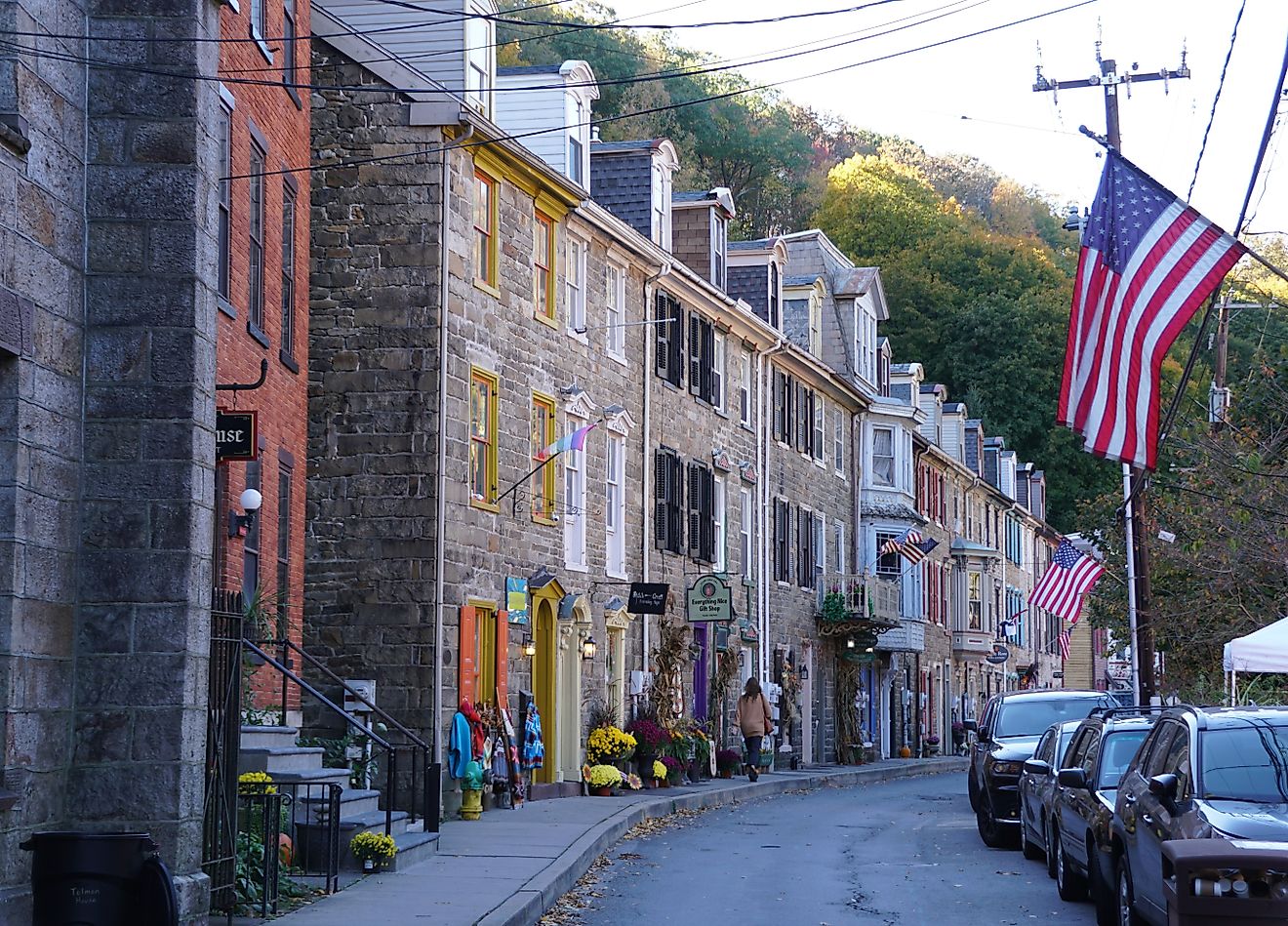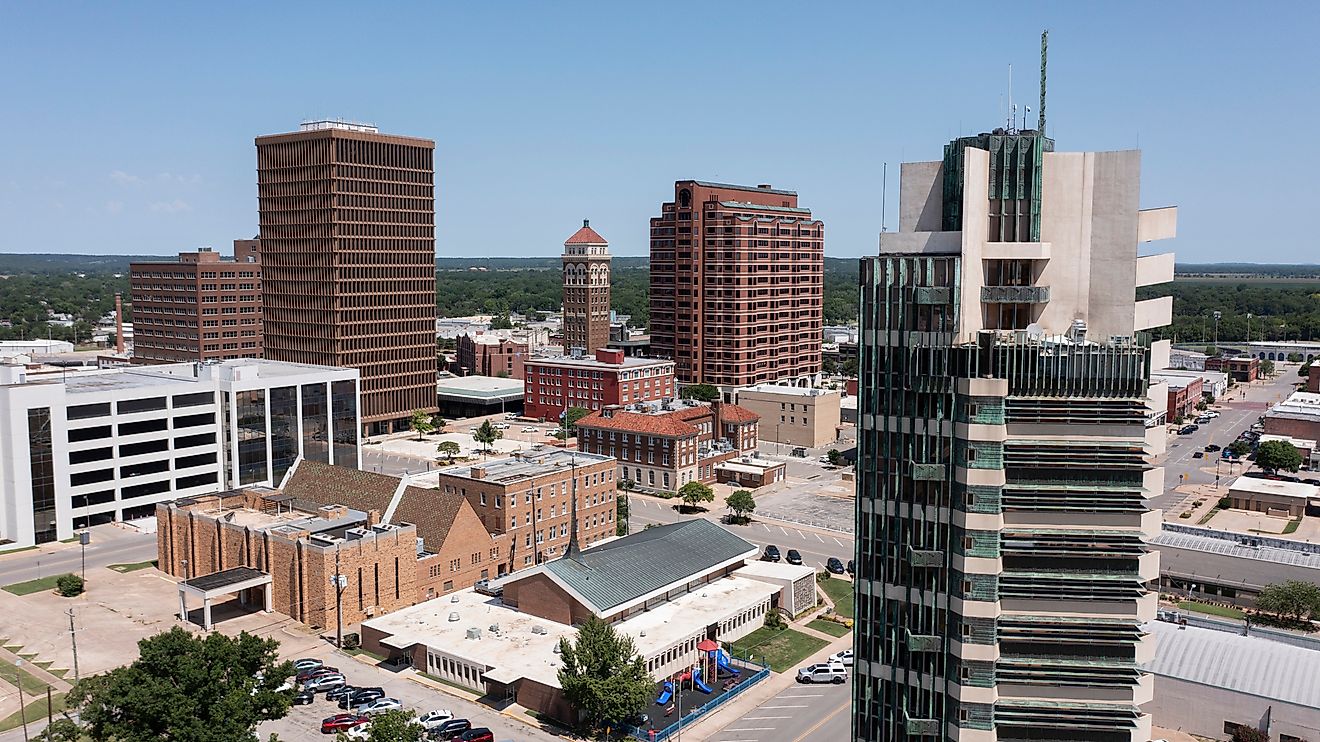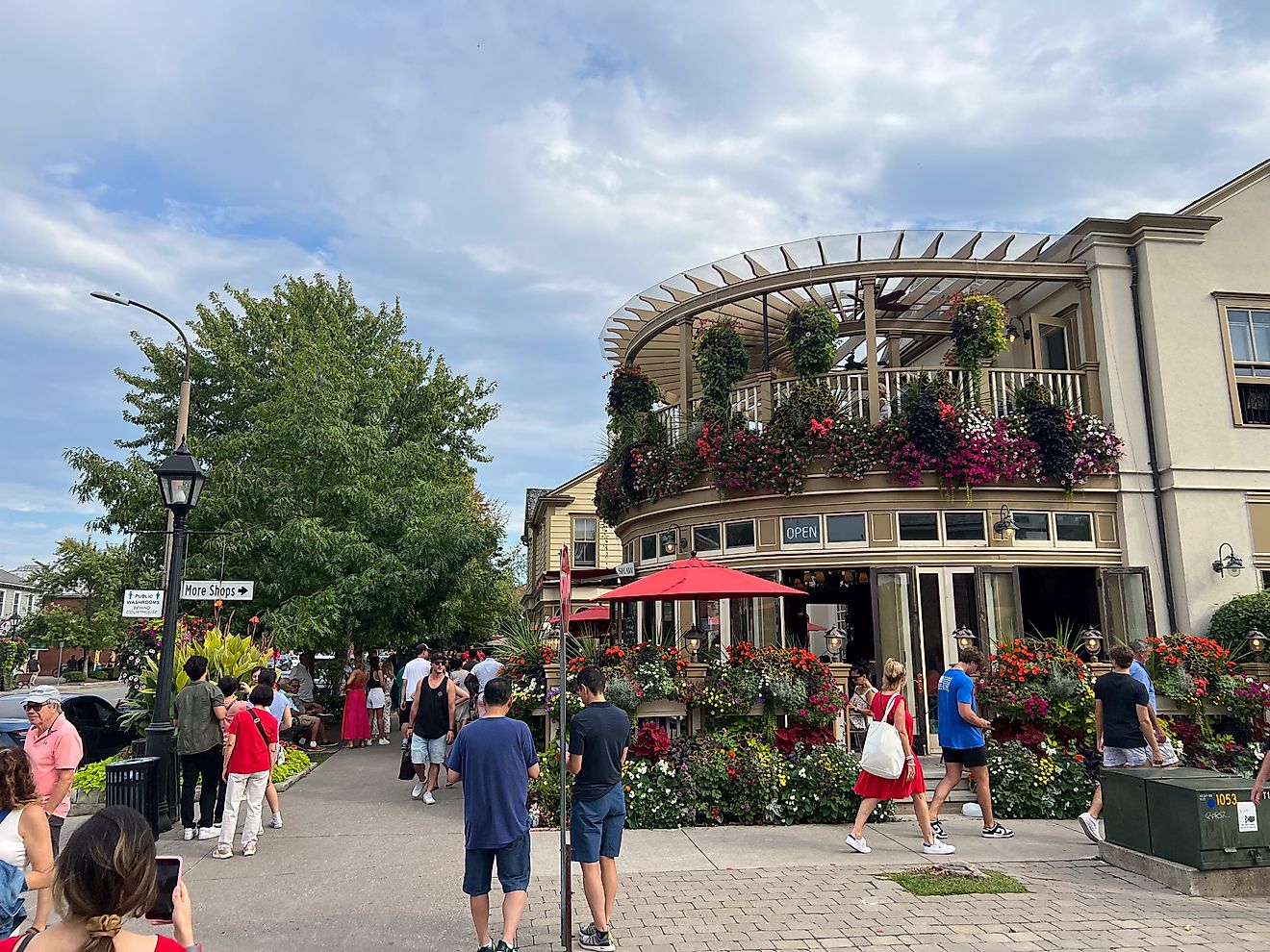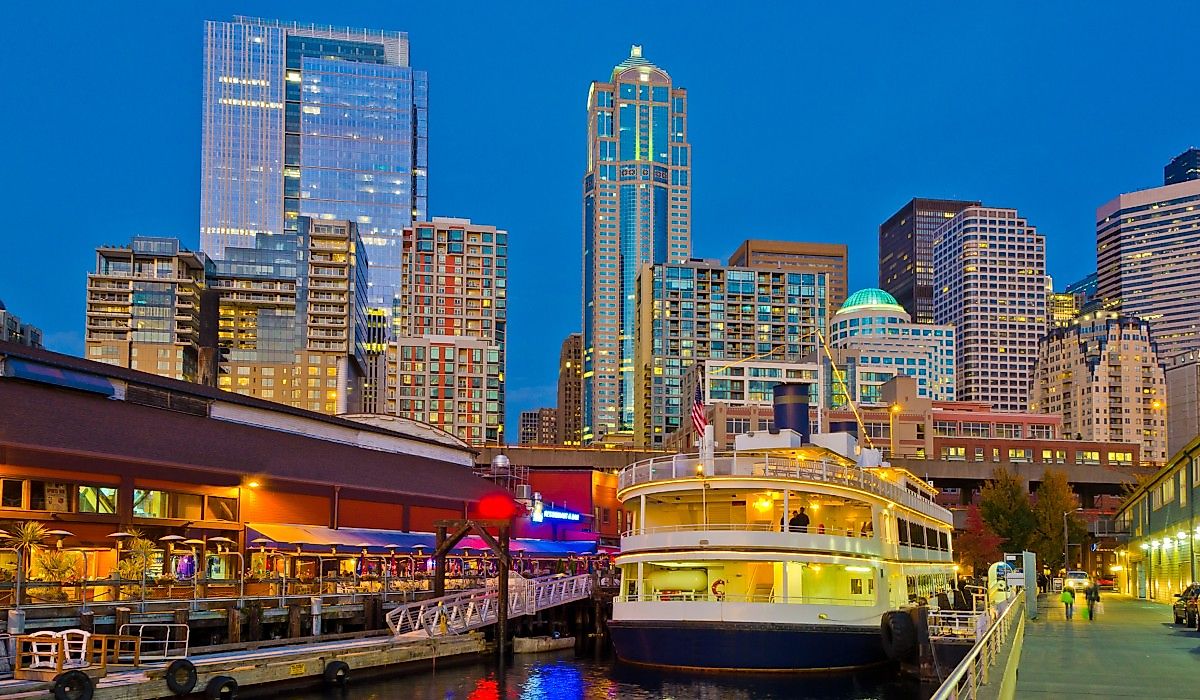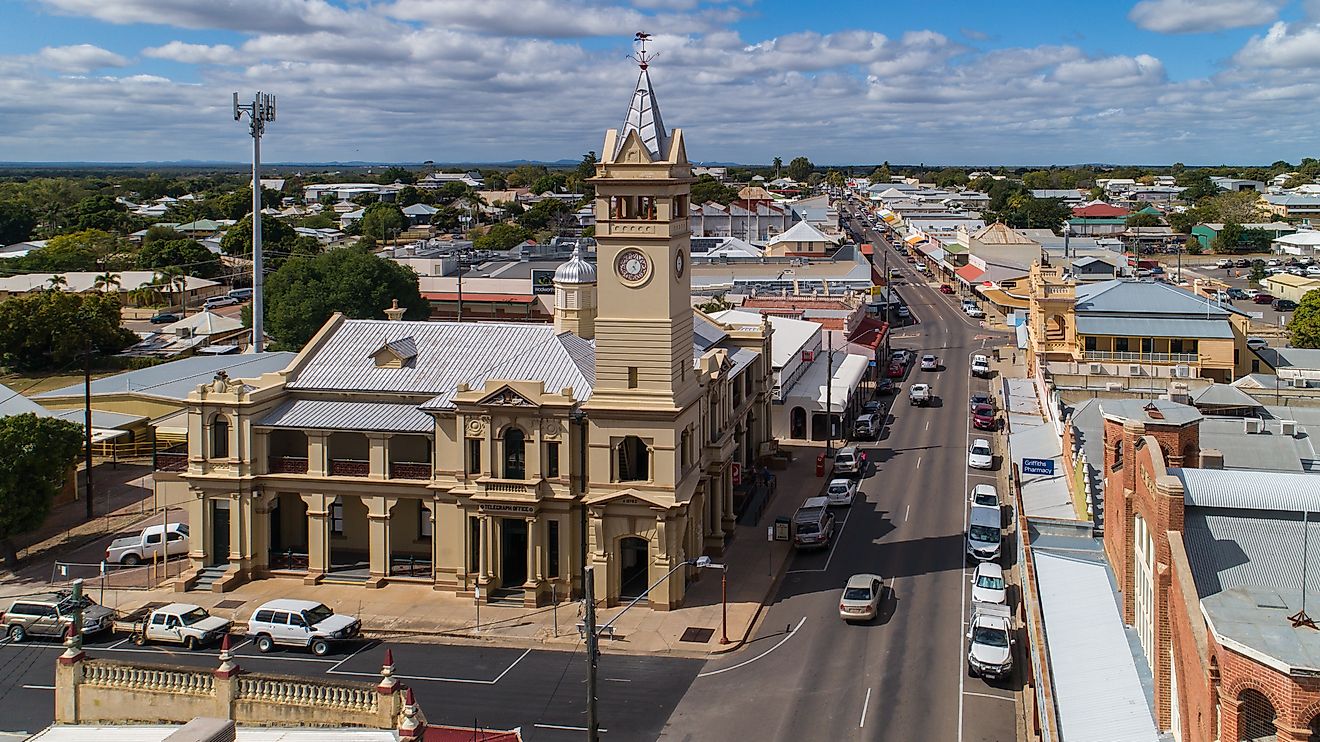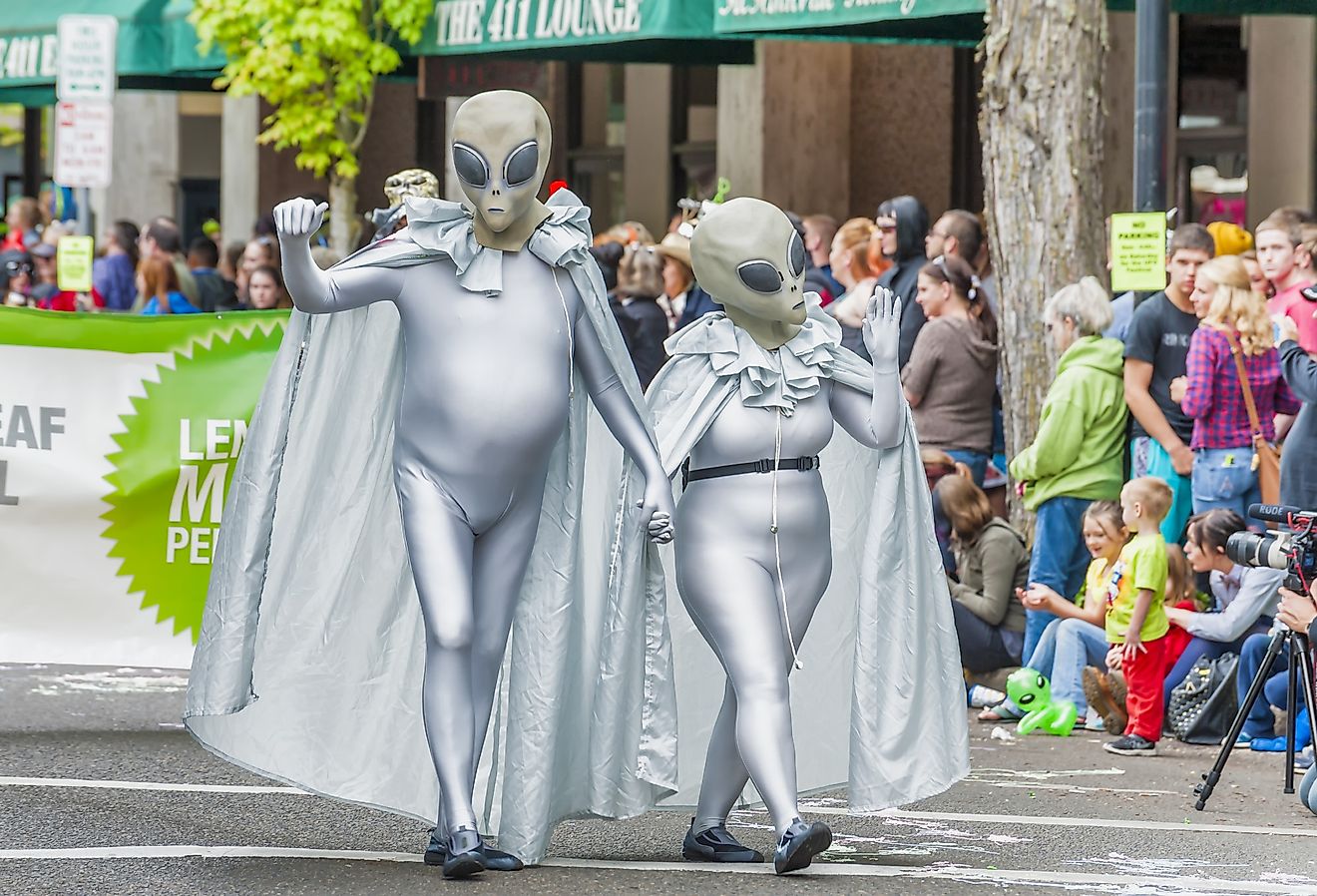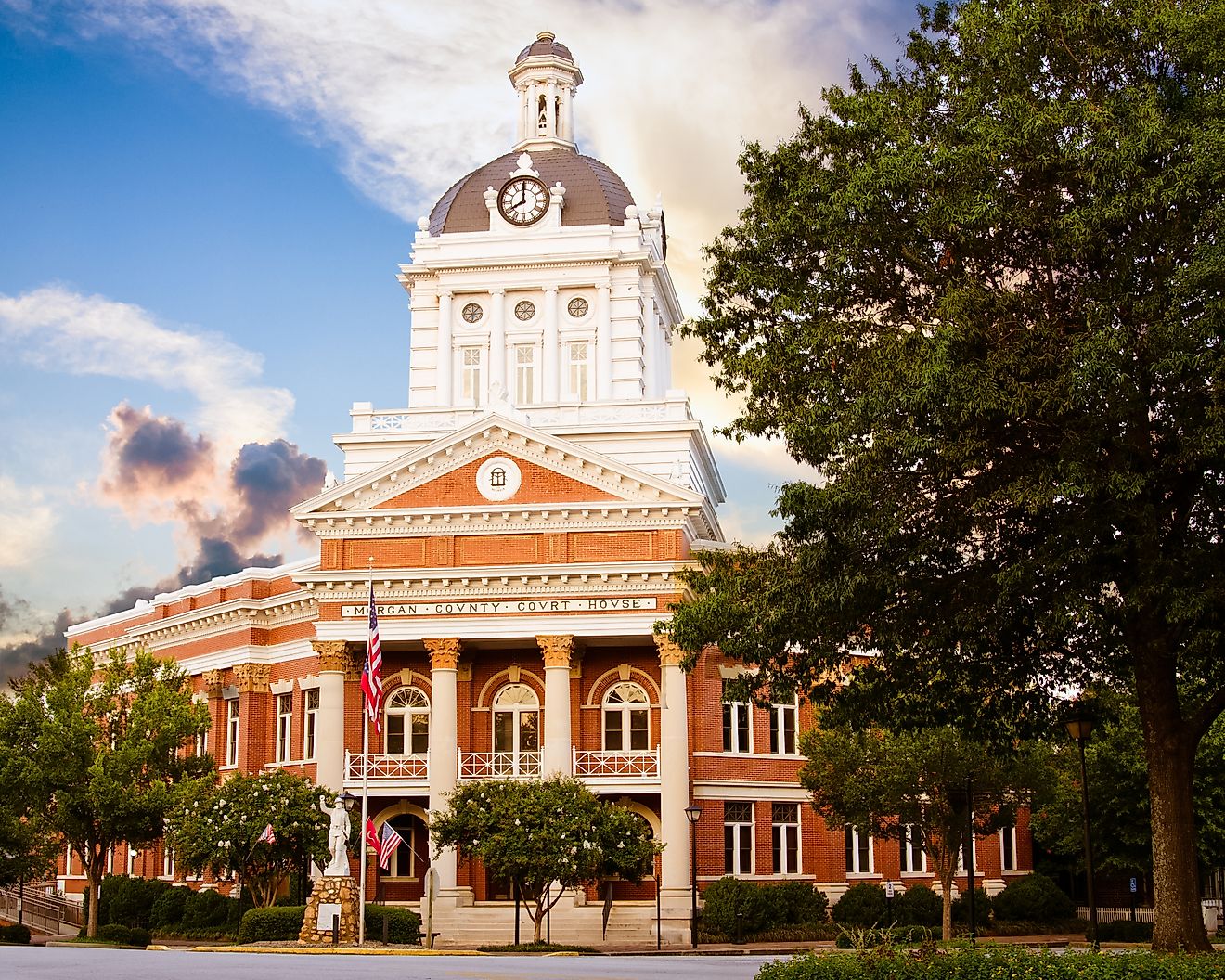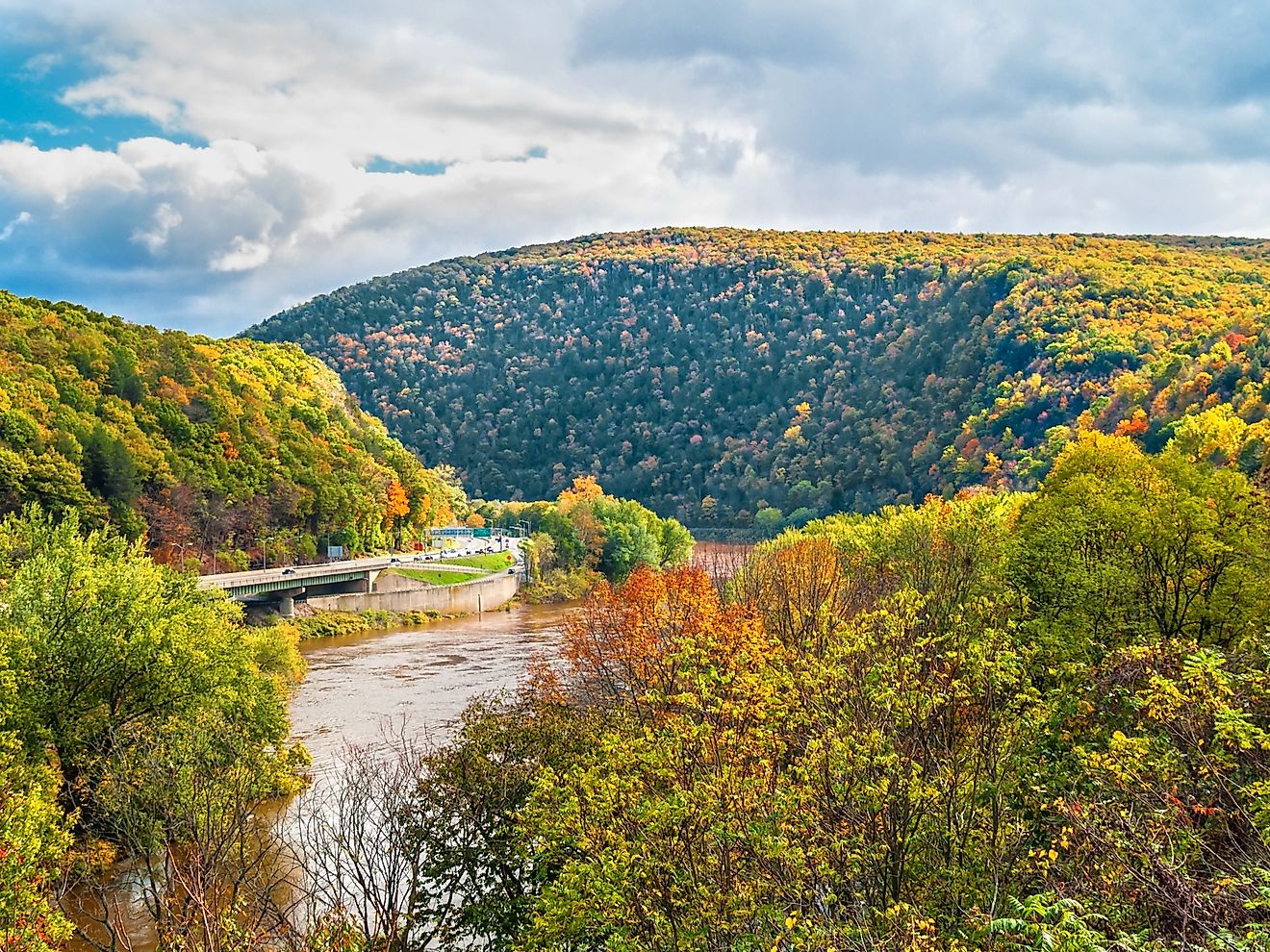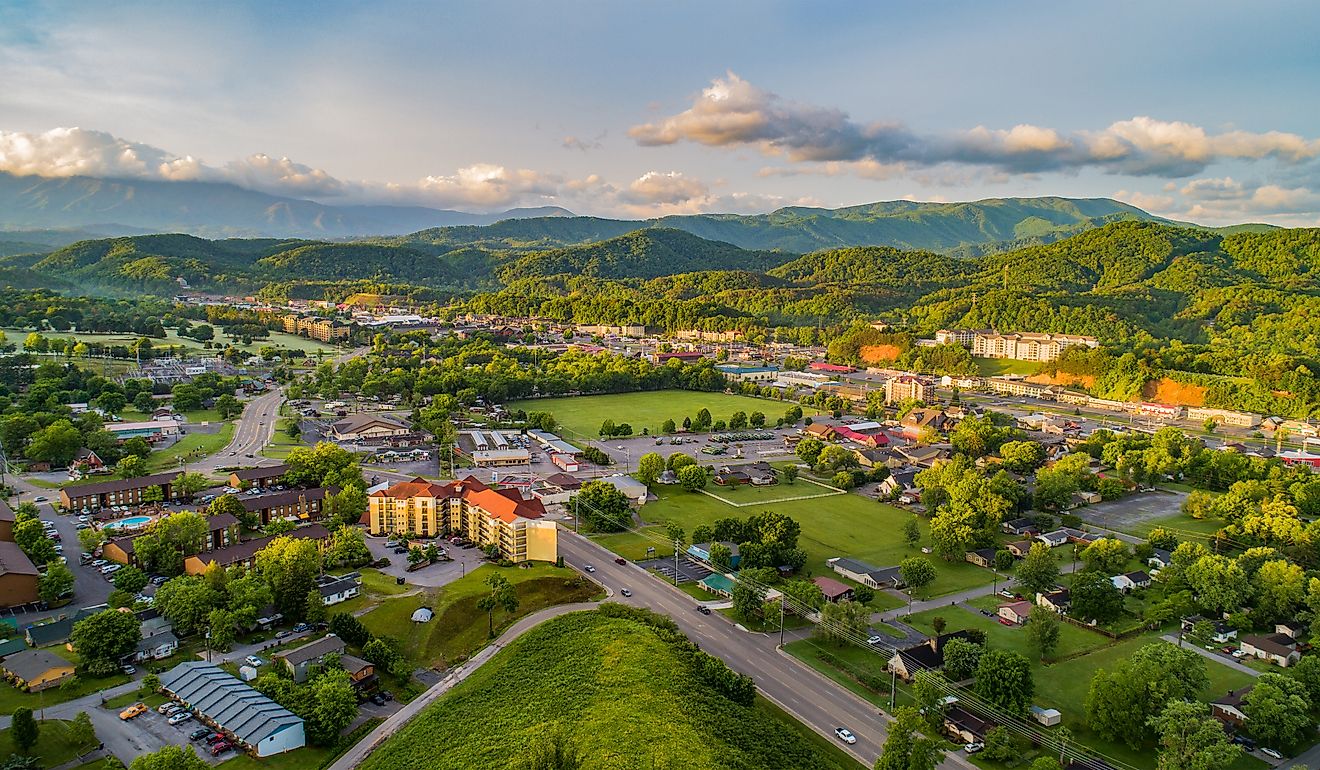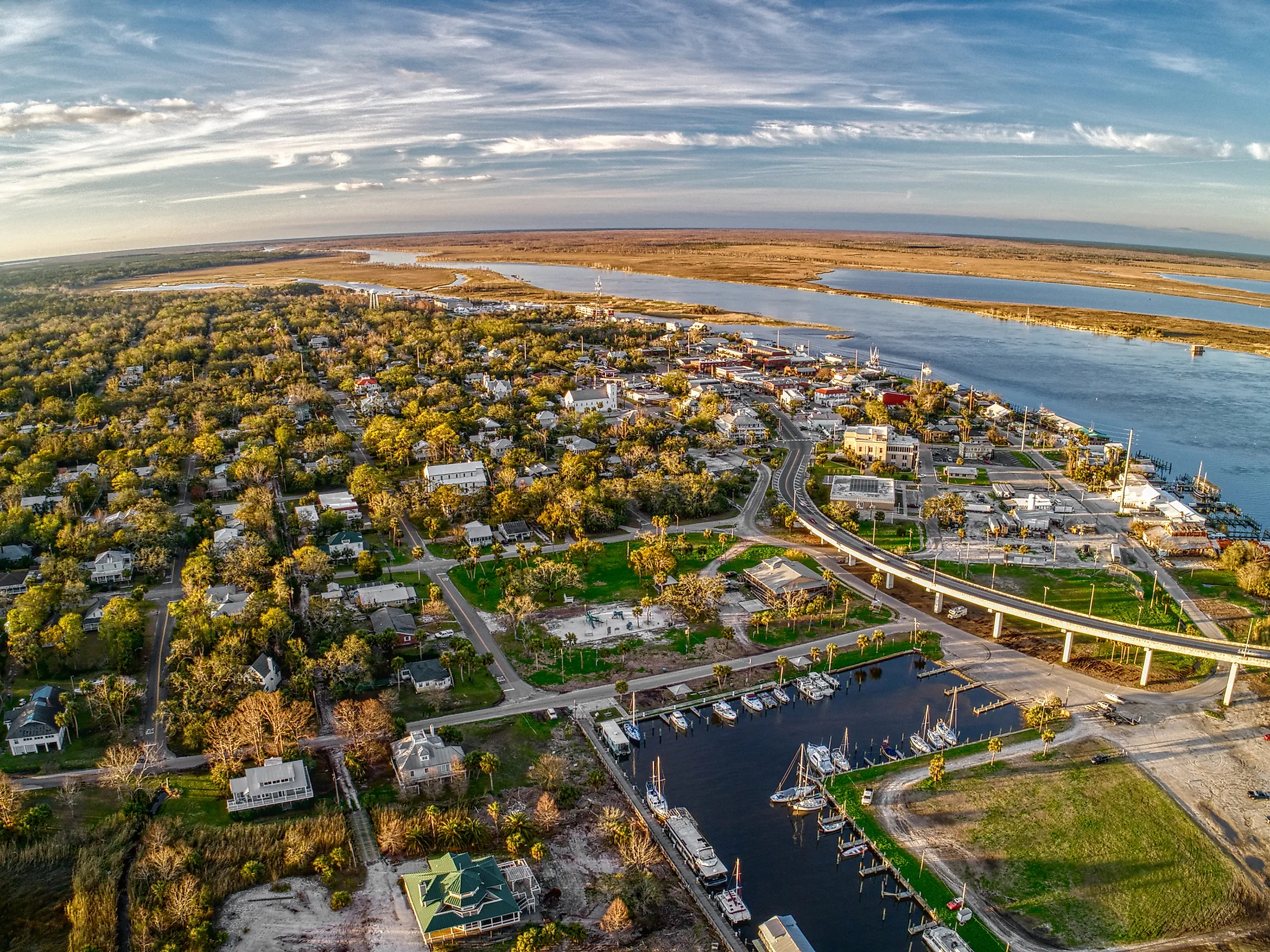
8 Charming Towns In Florida's Forgotten Coast
The lesser-known area of Florida's panhandle, the Forgotten Coast, is a paradise for those seeking tranquil beaches, unspoiled nature, and charming towns with historic marinas. Some of the most charming towns in the state below are bounded by pristine, gorgeous beaches sharing the same sugary white sands, interlocking trails, and endless vistas of the deep waters.
Port St. Joe
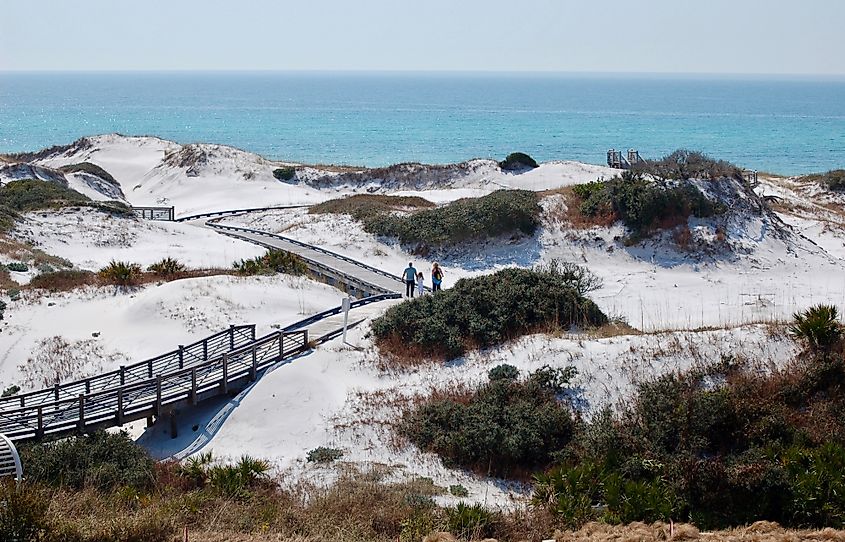
Upon being founded in 1835, the former town of St. Joseph was hit with many unfortunate events, including a severe yellow fever outbreak in 1841 and two destructive hurricanes in 1843 and 1851. Deciding to leave everything behind, including its name, the new town of Port St. Joe was established, along with the railroad in the area, in 1909. Set scenically on the shore of St. Joseph Bay, a Gulf of Mexico's 15 miles long arm stretching north and south, a large paper mill was installed in 1938 that made the town prosper with good jobs in the mill and surrounding forests. Although many locals left following the mill closure in 1999, the town was rediscovered as a tourist destination. It was also there that the name for the "Forgotten Coast" was established by the local chambers of commerce to summon enthusiasm for their town. Today, it is charming and walkable, with a big heart open to those looking for a peaceful and tranquil getaway. One can stroll and shop on Reid Avenue, horseback ride on the beach, tour the Port St Joe Marina by boat, or visit the St. Joseph Peninsula State Park.
Apalachicola
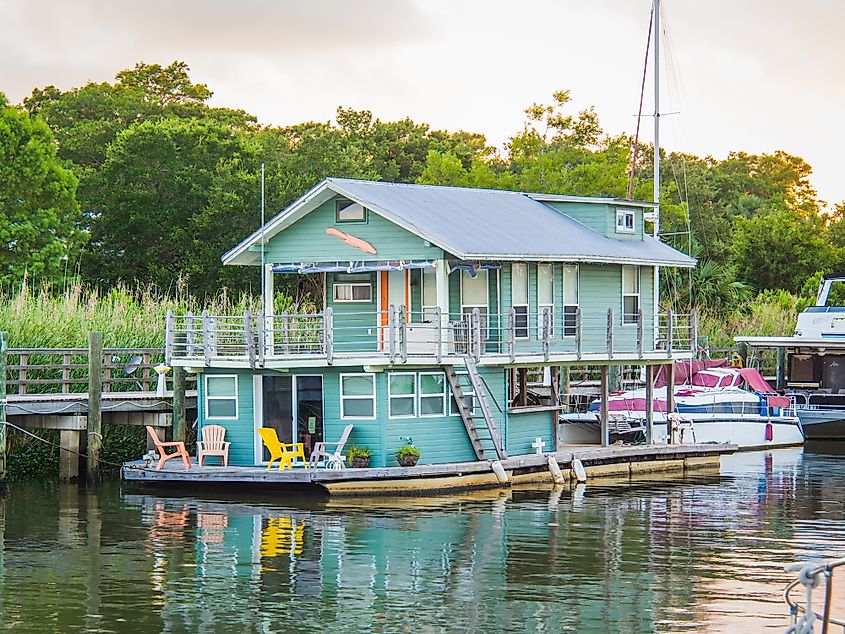
Set in the beautifully restored historic district, the Panhandle, Apalachicola is a bustling port town of rich maritime history that seems to emanate warmth through everything and everyone. The year-round good weather, the friendly locals, the charming seaside homes, and the welcoming seafood cafes and restaurants can put any tourist in a sunny mood as well. The town is set cozily at the mouth of the Apalachicola River with the weather-worn shrimp boats bobbing at the docks, and stately, historical buildings exuding charm. Aside from the plenty of sightseeing opportunities, the town is also an evolving hip destination that brims with arts and culture. The name "Apalachicola" comes from "Apalahchi," meaning "on the other side" in Hitchoti Indian, and "okli," meaning "people." Others take it to mean the "land of the friendly people," with the town also affectionately called "Apalach" by locals. Despite the laid-back attitude on the streets, there are upscale dining and shopping options, while those wishing to gain knowledge or get active can tour the museums, go fishing, or kayaking.
Carrabelle
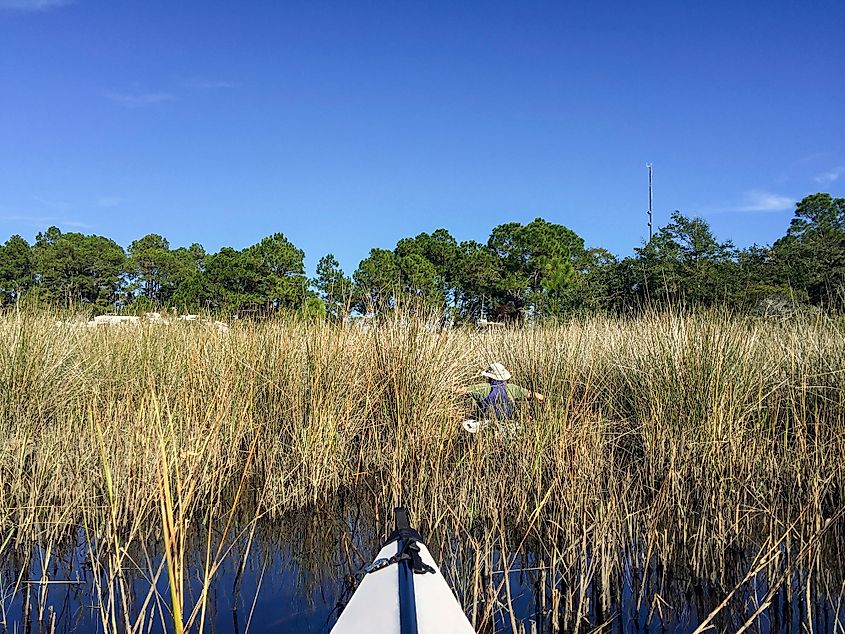
The beach scene at Carrabelle offers bountiful boating and prolific offshore fishing, as a year-round summer destination on the coast. Adding to the appeal are the un-crowded and unassuming atmosphere on the streets and a full-service marina brimming with activities and sightings of dolphins frolicking in the Gulf. Known as the Florida Panhandle's Gateway to the Gulf, the endless picturesque vistas and the sugar-white sands leave a lifetime impression upon visiting this charming town and wishing to stay there forever. Full of deep-rooted marine history and small-town nostalgia, the quaint downtown presents the World's Smallest Police Station tucked inside a phone booth, iconic since 1963. D-day fanatics will revel when visiting the Camp Gordon Johnston WW II Museum and seeing the training procedures for that fateful day in June on the Normandy beaches in 1944, as well as the famous Crooked River Lighthouse and Museum from 1895.
Eastpoint
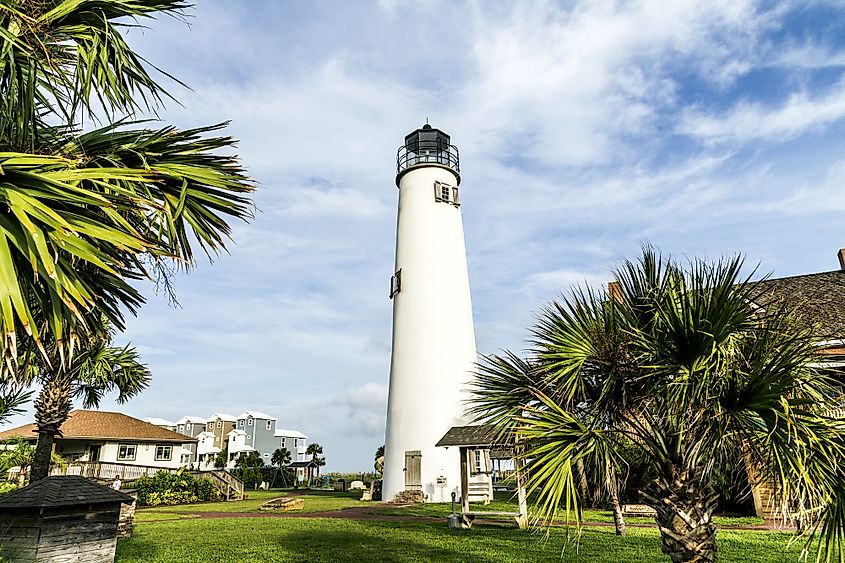
This charming seafood hub presents itself as an authentic fishing community with one of the few remaining working waterfronts in North Florida. Made for oyster-lovers and historians, the plenty of seafood houses lining the weather-worn docks with oystermen hauling their prey is a sight to behold for a throwback in time. As well, with an array of family-owned seafood markets, one can stock up on the delectable treats of the sea for friends back home and reminisce over the next few dinners. One can also try their hand at fishing in the bountiful waters for a tasty sheepshead or flounder while staying at a picturesque historic fishing lodge for full authenticity. Full-service RV parks offer camping one's heart out in the vicinity of the endless water vistas, while Highway 65 can take one to the scenic nearby Tate's Hell State Forest and Apalachicola National Forest teeming with more camping, hiking, and water-fun pursuits.
Mexico Beach
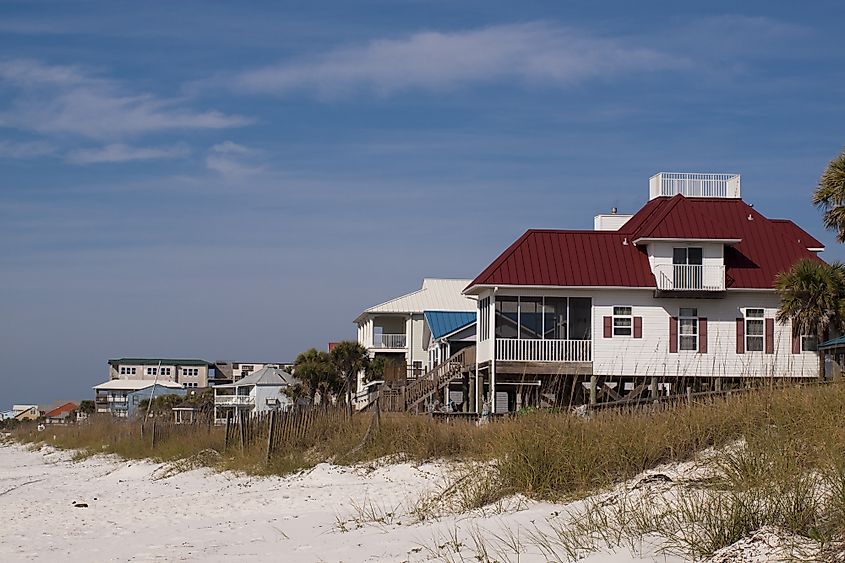
A hidden coastal gem along the Florida panhandle and lovingly referred to as "Mayberry on the Water," Mexico Beach features 5 miles of white sandy shores and only one stoplight in town, making it the destination for relaxation. Despite having been the epicenter of Hurricane Michael, the town made a strong comeback, rebuilding its local hot spots and installing many new ones. Beautifully situated, paddling along the rivers, canals, lakes, and bays, one will get to explore the local wildlife while getting a different perspective of the charming townscape. The serene atmosphere in town comes complete with local boutiques and art galleries. It also hosts many favorite food places, including the Killer Seafood with amazing fish tacos, the Caribbean Coffee for breakfast and lunch, and the Mango Marley's for perfect burgers and a Watermelon Margarita specialty cocktail.
Alligator Point
The unspoiled coastal paradise of Alligator Point is nestled cozily in the easternmost corner of Franklin County. It is a charming and sparsely populated rural beach community with a pristine 8-mile long coast along a narrow beach peninsula reminiscent of the old coastal Florida. Known as "The Point," it sits between the Gulf of Mexico and the Alligator Harbor, famed for clam harvesting. Its 'untouched by civilization' nature offers unsurpassed fishing and wildlife viewing. Perfect for beach-goers seeking tranquility, the only noise one will hear will be the waves, and the only lights will be in the starry sky. The active can swim, hike, bike canoe, kayak, or bird-watch their hearts out in the surroundings of some of the most wildly-thriving nature in the state, including the sea oat-covered sand dunes, untouched marsh habitats, freshwater rivers, and dense pine forests, all teeming with various wildlife. Also renowned for inshore and offshore fishing, there is a full-service marina offering fishing charters, while the protected Bay, Alligator Harbor Aquatic Preserve, comprises 14,366 acres, where numerous fish species game and adult.
St. George
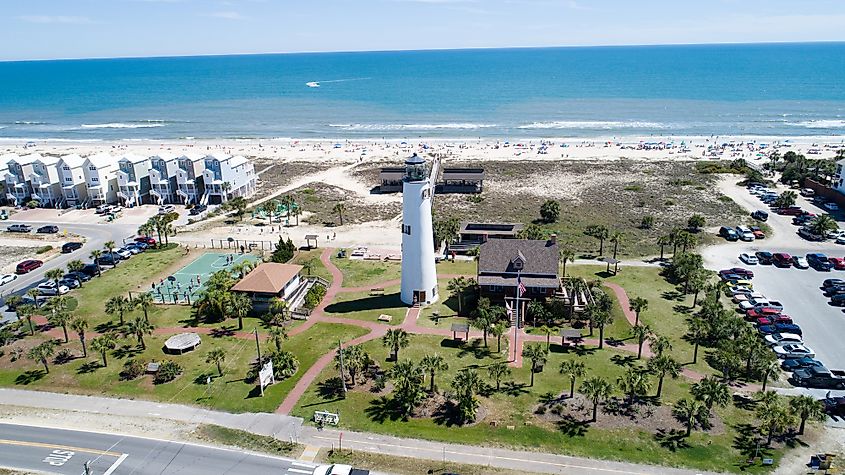
Loca beautiful 22-mile barrier island of St. George set proudly in the Gulf of Mexico boasts some of the state's most unspoiled and serene beaches. Adored for its laid-back attitude, breathtaking (and pet-friendly) beaches, and unspoiled nature, the waters of the gulf are wonderful for shelling, swimming, fishing, paddling, as well as castle-building, and relaxing on the sugar-white sands. The pristine Bay's marshes are full of extraordinary wildlife. The Bay is fabulous for catching sheepshead, speckled trout, flounder, whiting, redfish, and tripletail, while the Gulf brims with snapper, grouper, amberjack, sea bass, mackerel, mahi-mahi, and cobia. The options of charming beach cottages, luxurious gulf-front homes, and local hotels make this treat-of-an-island affordable for anyone looking to get away on a romantic weekend, a family-friendly vacation, or everything in between. Also filled with beach-front dining options, shops, boutiques, and art galleries, one can always find a special piece of the island to cherish or bring back as a souvenir.
St. Marks
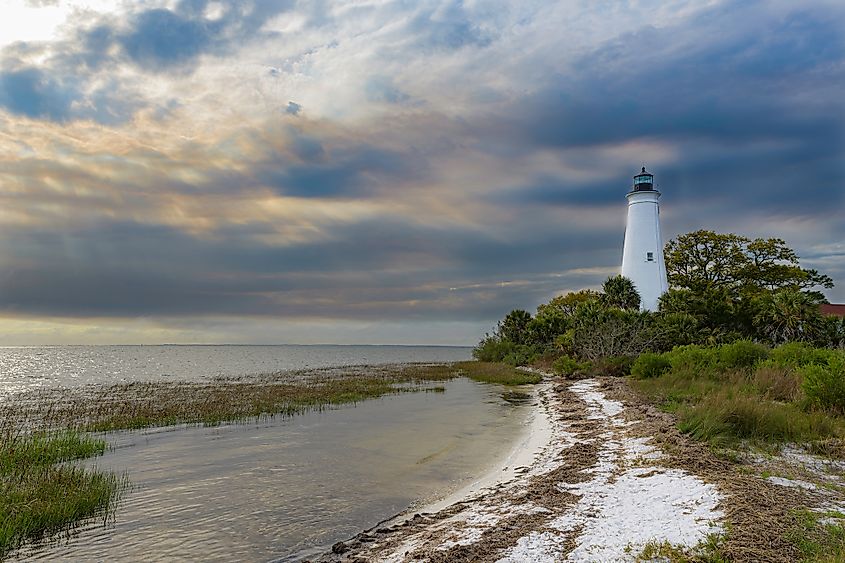
A village with a population of fewer than 300 residents is set some 20 miles south of Tallahassee, at the end of the Woodville Highway, for a charmingly tranquil and deeply historic getaway spot. Settled first by the Spaniards in 1679, one can see their influence at the San Marcos de Apalache Historic State Park near the old fort site at Tucker's Point, featuring a museum with ancient archaeological objects and interactive displays. As one of the oldest towns in the state, St Marks' ports were also an important strategic location for Florida's thriving plantation economy. With the St. Marks River flowing into the Gulf at Apalachee Bay, cotton was transported by rail to St. Marks and shipped out to major seaports. The state's first railroad built in 1836 ran to St. Marks from Tallahassee and later, upon becoming abandoned, transformed into a paved 16 miles long bike, hike, and horse trail. The St. Marks lighthouse of 1831 is the second oldest light in Florida, while the St. Marks National Wildlife Refuge is on the U.S. National Register of Historic Places.
The less developed beaches of these charming towns emanate a peaceful atmosphere, with stunning turquoise waters and untouched sands accessible for fishing, swimming, and diving, straight from the streets. In-town, the relaxed attitude, the local charm, and the fantastic seafood scene in the vicinity of one's stay lets one discover the area as an extraordinary destination to explore with many "roughneck" adventures.
